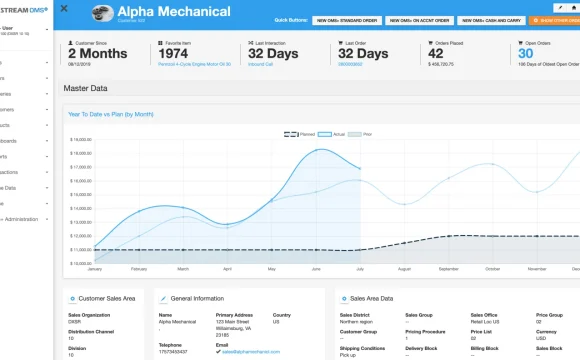Let’s be honest—customers don’t care about your internal silos. They just want help, fast, on whatever channel they happen to be using. That’s the heart of omnichannel support: seamless, consistent service whether they’re sliding into your DMs, firing off an email, or tapping your live chat widget at 2 AM.
Why Omnichannel? Because Customers Don’t Wait
Think of it like this: if you’re stranded on the side of the road, you’re not going to call a tow truck company that only responds by fax. You want help now, on your terms. Modern customers expect the same flexibility—73% use multiple channels during their support journey. Miss them on one, and they’ll bounce to a competitor who won’t.
The Omnichannel Toolbox: Channels That Matter
Not all channels are created equal. Here’s where customers are actually looking for help:
- Live Chat (the instant-gratification champ—79% of customers prefer it)
- Social Media (especially for younger demographics; Twitter DMs and Instagram comments are the new help desks)
- Email (old-school but still critical for detailed issues)
- Phone Support (yes, really—complex issues often need a human voice)
- Self-Service (FAQs, knowledge bases, and chatbots for the DIY crowd)
The Sneaky One: Messaging Apps
WhatsApp, Facebook Messenger, even SMS—these are quietly becoming support powerhouses. Over 60% of customers have used messaging for service in the past year. Why? Because it feels personal, like texting a friend.
Making It Work: Omnichannel Best Practices
Omnichannel isn’t just slapping a chat widget on your site. It’s a symphony—every instrument has to play in tune. Here’s how to avoid cacophony:
- Break Down Silos: If your social team can’t see ticket history from email, you’re forcing customers to repeat themselves. Ouch.
- Context Is King: A customer switching from chat to phone shouldn’t have to re-explain their issue. Use a shared CRM.
- Train for Channel Hopping: Tone matters. Emojis work in chat; maybe not so much in formal emails.
- Track the Journey: Analytics should show cross-channel paths, not isolated interactions.
The Tech You’ll Need
Good news: you don’t need a million-dollar system. Start with:
| Tool Type | Examples |
| Helpdesk Software | Zendesk, Freshdesk, HubSpot |
| CRM | Salesforce, Zoho, Pipedrive |
| Chatbots | Drift, Intercom, ManyChat |
| Knowledge Base | Helpjuice, Document360 |
Pitfalls to Avoid (We’ve All Been There)
Ever called a company, gotten transferred, and had to repeat your story? That’s omnichannel gone wrong. Common missteps:
- Inconsistent Info: Promising a refund on chat but denying it over email? Recipe for rage.
- Over-Automation: Chatbots are great—until they’re clearly avoiding human handoffs.
- Ignoring Mobile 60% of support interactions happen on phones. Tiny fonts and broken forms won’t cut it.
The Future: Where Omnichannel Is Headed
Voice assistants, AR troubleshooting, even video calls embedded in apps—the lines between channels are blurring. The winners will be those who focus on the customer’s intent, not just the channel they used to express it.
At the end of the day, omnichannel isn’t about tech. It’s about empathy—meeting people where they are, not where you wish they’d be.









